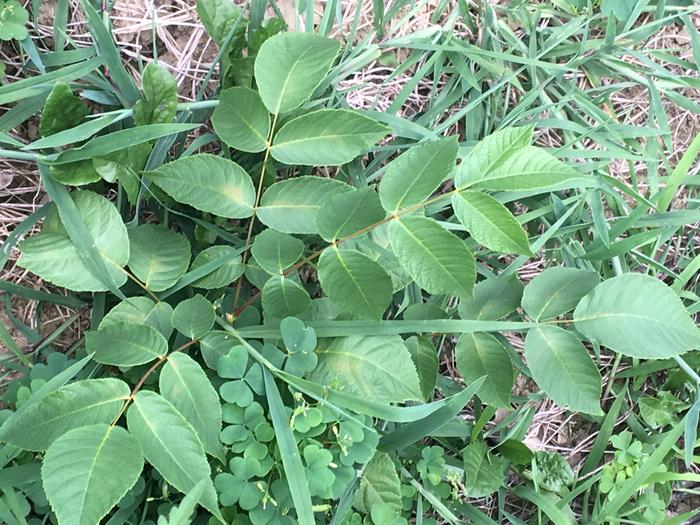
 4
4




You are welcome to check out my blog at http://www.theartisthomestead.com or my artwork at http://www.davidhuang.org
 3
3




"You must be the change you want to see in the world." "First they ignore you, then they laugh at you, then they fight you, then you win." --Mahatma Gandhi
"Preach the Gospel always, and if necessary, use words." --Francis of Assisi.
"Family farms work when the whole family works the farm." -- Adam Klaus
 2
2




 2
2




Year 4 of gardening. Orchard is happy, grass needs a goat. And the garden is about to get swallowed by surrounding trees.

 2
2




Nails are sold by the pound, that makes sense.
Soluna Garden Farm -- Flower CSA -- plants, and cut flowers at our farm.
 1
1




You are welcome to check out my blog at http://www.theartisthomestead.com or my artwork at http://www.davidhuang.org
 1
1




 5
5




Please give me your thoughts on my Affordable, double-paned earthbag window concept

















 3
3




David Huang wrote: Thankfully I am not someone who is super reactive to the stuff, which is not to say I don't react if enough gets on me.
Please give me your thoughts on my Affordable, double-paned earthbag window concept

















 2
2








Rob Lineberger wrote:The thing that sets my radar off big time is you're using this for heating... ...Since the rocket heater is presumably in an enclosed space, the risk is magnified. It doesn't matter if you kill the vine. All of the urushiol is still there and will continue to be there.
You are welcome to check out my blog at http://www.theartisthomestead.com or my artwork at http://www.davidhuang.org
 3
3




“It’s said war—war never changes. Men do, through the roads they walk. And this road—has reached its end.”
 2
2





 2
2




bruce Fine wrote:I went through same exact thing with ash trees a couple few years ago. fortunately the bark comes off dead ash very easily and ash is a great firewood.
just a story about burning poison ivy---a friend had a bon fire and they put a bunch of dead poison ivy vines in it. one woman got a good wiff of the smoke and landed her in hospital with serious lung problems.
“It’s said war—war never changes. Men do, through the roads they walk. And this road—has reached its end.”
 1
1




. . . bathes in wood chips . . .

|
Would you like to try a free sample? Today we are featuring tiny ads:
The new purple deck of permaculture playing cards
https://www.kickstarter.com/projects/paulwheaton/garden-cards
|






